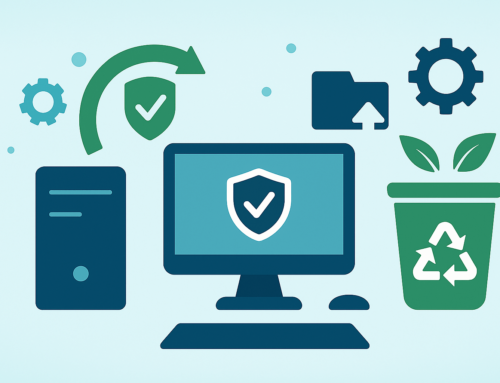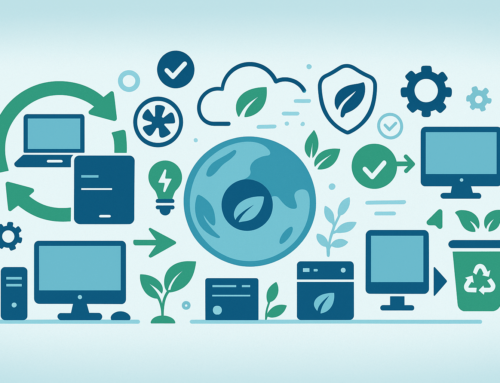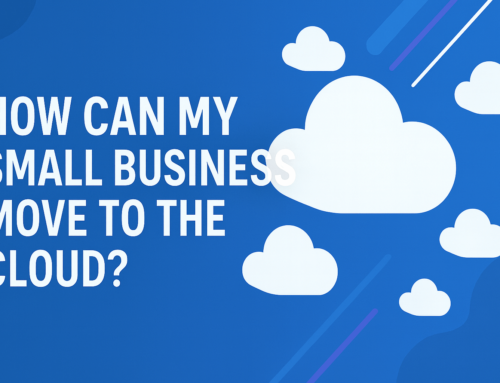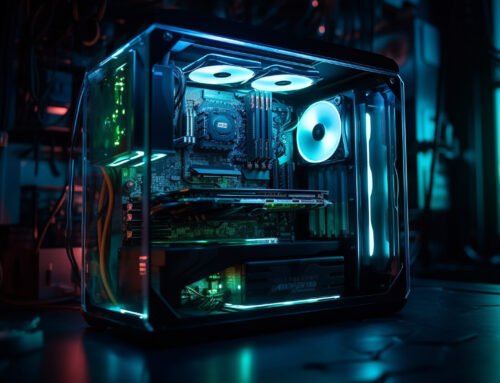How Long Do MacBooks Last?
Like most Apple products, Macs come with a high price tag, so, unsurprisingly, users are keen to know how long they will last.
As with any computer, there comes a time when you will experience some common problems, such as a battery that no longer holds a charge or random shutdowns. It will then be a case of deciding whether it is worth the cost of repair or whether it is time for a new purchase.
In this guide, we will explore the signs that tell you to replace your MacBook, when a MacBook becomes uneconomical to repair and when it is too old to support Mac Operating Software.
What are the signs that I need to replace my MacBook?
Here are some useful indicators that your MacBook is at the end of its life.
- The apps and software you need to run are incompatible with your old Mac.
- You cannot update to the latest macOS, which could mean you are vulnerable to security breaches.
- Your Mac can no longer perform the required tasks, and you cannot upgrade the RAM or components to compensate.
- A component fails and is expensive to replace, making the repair uneconomical.
- You can no longer rely on your Mac as you experience restarts, shutdowns and bluescreens.
How long will Apple support macOS updates?
Generally, Apple supports the latest three versions of macOS, meaning you will still receive updates that fix bugs or deal with security issues.
Right now, in 2022, Apple will support macOS 12 (Monterey), macOS 11 (Big Sur) and macOS 10.15 (Catalina).
If your MacBook runs an older version and cannot update due to its age, you will no longer get essential updates. It also means that other Apple products such as iPads, iPhones and Apple watches may no longer be compatible and will no longer sync with your MacBook.
As your Mac ages, it will no longer be compatible with the latest macOS releases, leaving you vulnerable as you are stuck with an unsupported version.
Monterey can only be downloaded on Macs after 2015/2016, depending on the model.
Big Sur will only be downloaded on Macs from 2013 onwards.
Catalina can only be downloaded on Macs from 2012 onwards.
You can see that if your Mac pre-dates 2012, it is currently unsupported by Apple. This indicates that these Macs could have lasted for ten years, but with each release, more and more Macs will drop off the supported list.
What about unsupported software?
As well as being at risk of security breaches, once your macOS is unsupported, you may not be able to run your essential software and apps.
Apple and software manufacturers will regularly stop supporting their applications on older operating systems.
You may notice that certain apps fail to work or cause shutdowns. Once this happens, you need to update your macOS, and if that is impossible because of the age of your device, you will need to buy a newer model.
Discovering that you cannot use the latest version of essential software is often the catalyst for replacing a MacBook.
How soon before a MacBook becomes obsolete or vintage?
You can see that you will get between eight and ten years of support for your macOS and software, but what about the hardware?
A MacBook becomes obsolete once Apple cannot supply the parts required to repair a problem.
Apple has a list of obsolete Macs, and you will see that usually, they stop producing parts for Macs older than seven years and some after only five years.
Once your model is listed as obsolete, you will find it much harder to get it repaired as parts may not be available. You may be able to source spare parts on the internet but not directly from Apple.
Apple considers MacBooks obsolete when they are between five and seven years old. It considers them to be vintage when they are older than seven years.
For a complete list of obsolete and vintage devices, see here.
Is it worth repairing my MacBook?
Once your Mac is obsolete, it will be more difficult to source the parts as they will no longer be available from Apple.
Finding parts for sale on the internet or a repairer to find a solution may be possible, but the cost is likely to be considerably more.
If your Mac is on the vintage list, Apple may supply the parts, but this will not always be the case, and the cost may be prohibitive.
In general, if your Mac is older than five years and develops a fault, it will often be time to invest in a new model.
Can I update my MacBook?
If your MacBook is not faulty but needs upgrading to run modern software, you may be able to replace some components.
Some models will benefit from a new SSD or additional RAM to improve performance and speed.
In recent years, Apple has built-in more components, including the battery, which makes it harder or impossible to upgrade individual parts.
MacBook Air models have no accessible RAM that can be updated.
For details of other Mac models that have accessible RAM, check here. Since most models are older than seven years, it is probably not worth spending money on the upgrade.
For upgrades to SSD, hard drive, logic board or battery, you will most probably require the services of an expert. It would be best to consider whether the return will justify the upgrade and parts cost compared to the price of a new model.
How long do MacBooks last?
In short, the answer to how long MacBooks last is probably between five and eight years. After that, the difficulty in sourcing parts and the repair cost will make it uneconomical to fix if it goes wrong.
You will also find after this date that your OS becomes outdated, and many applications will not run well.
If you are a business looking for hardware solutions or a managed IT service, consider contacting us at Techfident. We provide innovative IT and Tech solutions to benefit our business clients.




